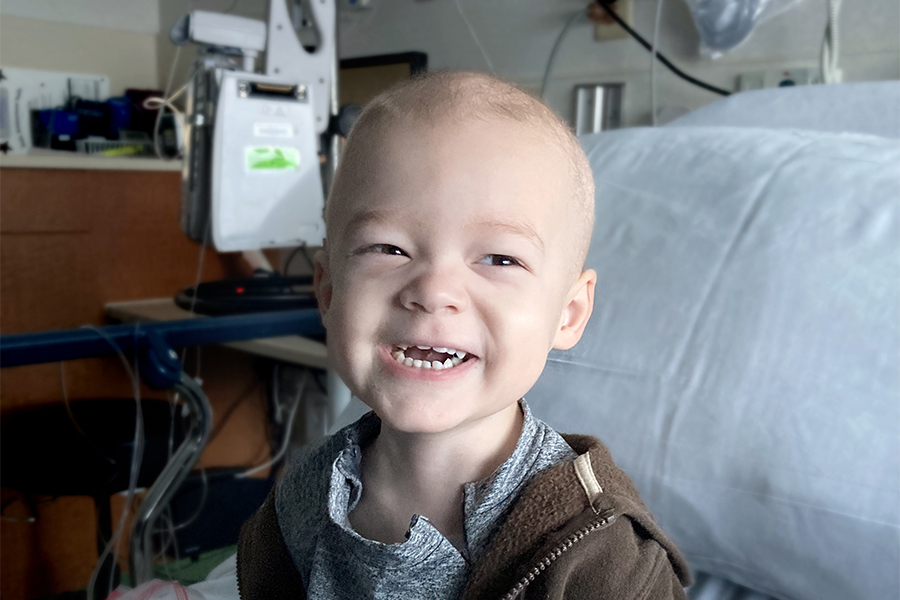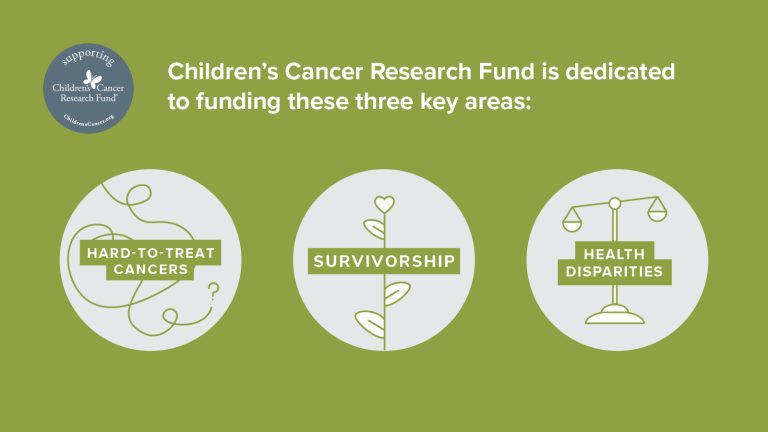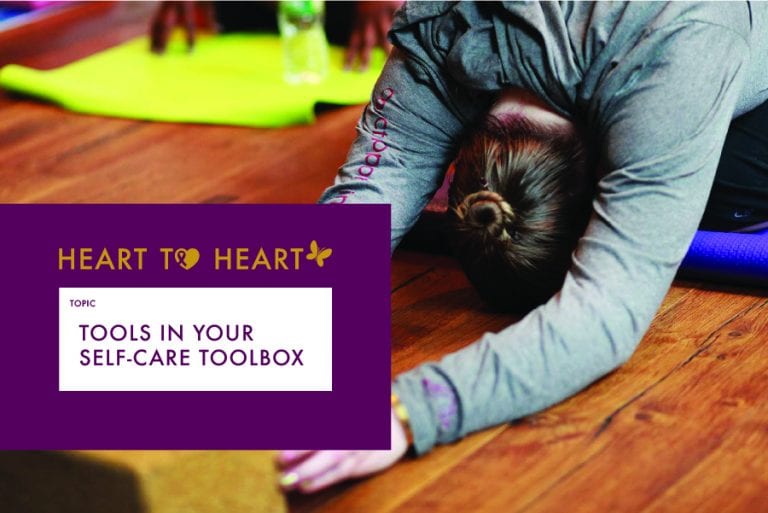Two-year-old Noah is very much the baby of the family – his six older siblings love giving him attention and watching him learn new things. He usually has lots of energy, so when he started acting a little lethargic and a black eye he’d gotten from playing wasn’t going away, his parents, Amy and Ryan, scheduled a doctor’s appointment to see what was going on.
“The day before the appointment I just started to feel really nervous,” Amy said. “It felt like something was wrong. Something, maybe mother’s intuition, told me I needed to take him in sooner.” They took Noah to an urgent care in the neighborhood a day before the scheduled appointment.
Noah’s white blood cell count was through the roof. The doctor told Ryan and Amy to take Noah to the nearby children’s hospital right away, where more doctors would be waiting for them. They waited anxiously with Noah while doctors went over the results of tests, and around 2 a.m., they received the news they feared – Noah had high-risk B-cell acute lymphoblastic leukemia.
Knowing Too Much
To Ryan, this all looked horribly familiar. Ryan is on the marketing team at Children’s Cancer Research Fund – for a decade before Noah was even born, Ryan’s been helping tell the stories of families who have heard the words “your child has cancer.” Now his son was one of those kids – his family was one of those families. In a terrible coincidence, Noah’s diagnosis day was also the day of Ryan’s twelfth work anniversary at Children’s Cancer Research Fund.
"I've published so many stories of parents sharing about first getting that news - about how surreal it is and how hard it is to process when the doctor comes in to tell you your child has cancer,” Ryan said. “I work alongside some of these families every day, and know what they have been through. I just kept thinking, 'I know this story.'"
Working at Children’s Cancer Research Fund means Ryan knows stories of children with Noah’s diagnosis who have passed away, but he also knows families whose children are healthy, thriving survivors. He also knows just how fortunate it is that Noah was diagnosed in 2022, rather than 1980.
“It’s a weird mixed feeling, to know too much,” Ryan said. “Overall, it’s been an advantage for us, but we're very aware of how recently his diagnosis would have been a death sentence instead of something they know how to handle.”
But it’s hard to know too much about childhood cancer, especially when treatments are so brutal. Treatments for Noah’s type of cancer have improved tremendously over the past several decades, but they still go on for months, if not years. They still drain the energy and health out of kids while they are in treatment. And they still put kids at risk for lifelong health problems when treatment is over.
“Our perspective changes by the day,” Amy said. “Sometimes it’s like how have we not progressed further than this? Why is our best option essentially poisoning a 2-year-old?”
Noah's Treatment
Noah is certainly popular among his doctors and nurses – he is learning numbers and colors, and he loves to tell everyone the color of the blood pressure cuff and read out the numbers on the machines in his room. One of the first steps of Noah’s treatment was getting a port, a small device surgically inserted under the skin on his chest where nurses can give treatments and take blood. To access Noah’s port, nurses stick a needle into his chest, like pushing a tack into a bulletin board. Port access can be a difficult and scary procedure for kids with cancer, let alone kids as young as Noah. But Amy and Ryan said he’s developed some coping mechanisms all on his own.
“When nurses come in to access his port, he goes into what looks like a robot mode or something and just zones out and looks at an iPad or the clock until it’s over,” Ryan said. “He doesn’t even flinch. When they’re done, he goes right back to his chatty self.”
Much of Noah’s treatment has happened in the hospital, but he’s been able to do some at home with his siblings, too. After certain chemo cycles, he was sent home with a backpack pump with a half-gallon of IV fluid in it, attached to him by a cord. Noah is too little to carry it around himself, but one of his six siblings is always on duty to follow him around with it while he plays.
“His siblings do so much for him,” Amy says. “He’s their little baby. The whole family has really stepped up to support him.”
Learning to Let Go and Ask for Help
Ryan and Amy said one of the greatest learning curves since Noah was diagnosed was learning how to ask for and accept help from others.
Amy has homeschooled all of their kids for years, using her planning skills to keep everyone on a schedule. But since Noah’s diagnosis, she’s had to let go of planning and take many things day by day.
“I’ve had to really decide what is important to accomplish in a day or a week, and in that process I’ve had to learn to cut myself some slack,” she said. Ryan agrees – asking for help and making sure everyone’s needs are met doesn’t need to be all on the parents.
“You want to be able to do it without help, but you can’t, and you don’t have to,” he said. He says he hopes any parent in his situation can find a way to accept help when it’s offered, and ask for it when it’s needed. “A lot of people want to help. You have to remind yourself that you’re not a better person for trying to do it all on your own.”
We can do more for kids like Noah.
Cancer treatments for kids like Noah often haven't improved in decades - but we believe we can do better by funding research. Your gift supports researchers searching for better, safer treatments for kids fighting cancer.




